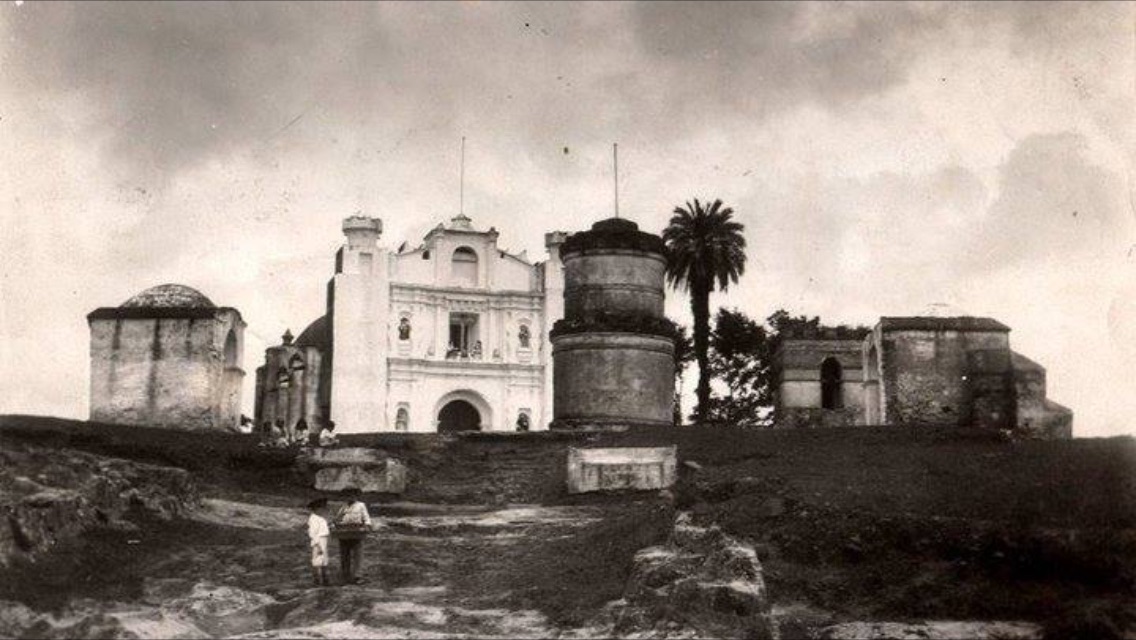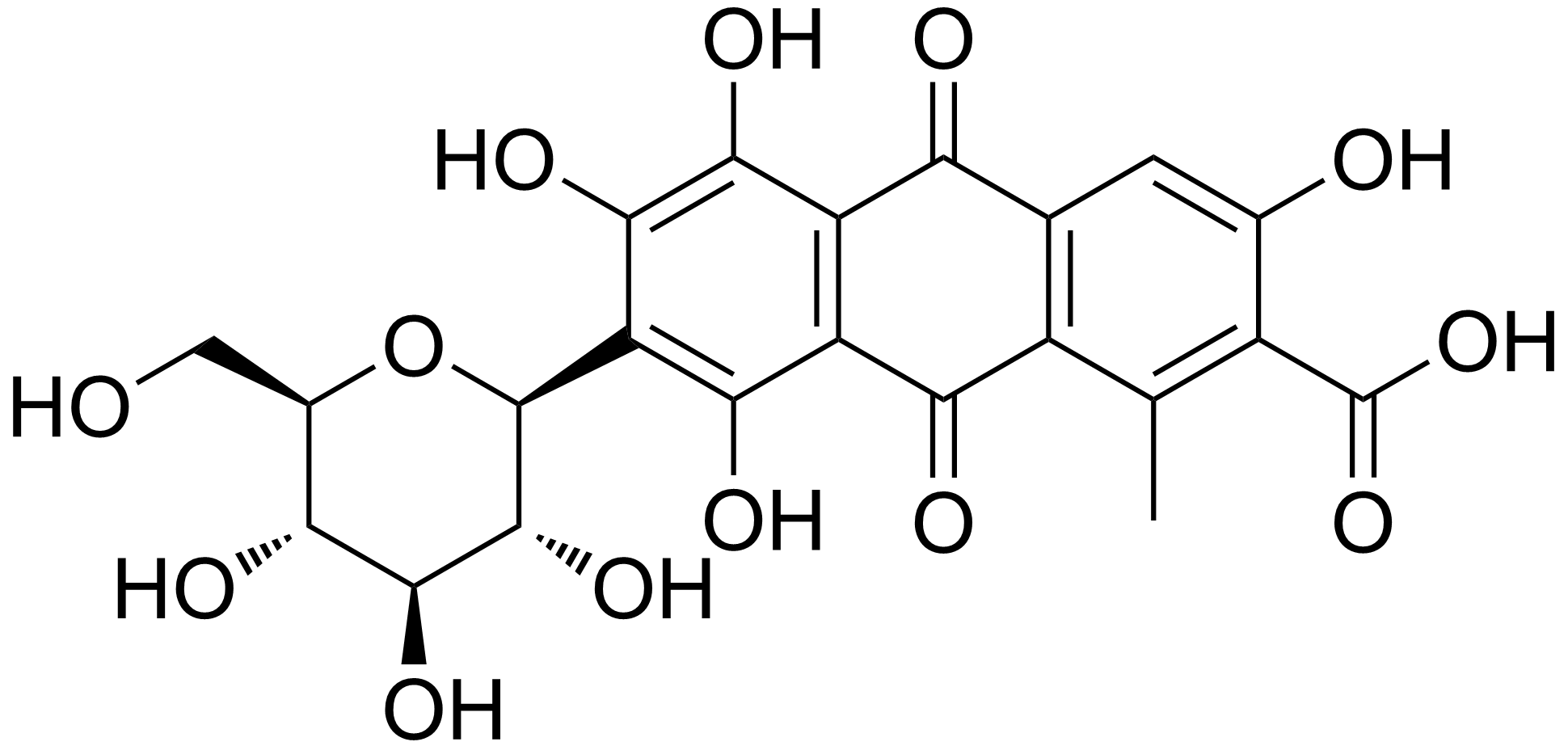|
Coffee Production In Guatemala
Coffee production in Guatemala began to develop in the 1850s. Coffee is an important element of Guatemala's economy. Guatemala was Central America's top producer of coffee for most of the 20th and the beginning of the 21st century, until being overtaken by Honduras in 2011. Illegal exports to Honduras and Mexico are not reflected in official statistics. Geography The most suitable temperature for the healthy growth and abundant production of coffee in Guatemala is that of . In lands situated at an altitude of above sea level, young plants must be shaded. In zones averaging an altitude of , the plantations must be sheltered from the cold north winds. For the most part, the coffee plantations are situated at an altitude varying from above sea level. History The coffee industry began to develop in Guatemala in the 1850s and 1860s, initially mixing its cultivation with cochineal. German immigrants played “a very important role” in the introduction of coffee to the country ... [...More Info...] [...Related Items...] OR: [Wikipedia] [Google] [Baidu] |
Guatemala City
Guatemala City ( es, Ciudad de Guatemala), known locally as Guatemala or Guate, is the capital and largest city of Guatemala, and the most populous urban area in Central America. The city is located in the south-central part of the country, nestled in a mountain valley called Valle de la Ermita ( en, Hermitage Valley). The city is the capital of the Municipality of Guatemala and of the Guatemala Department. Guatemala City is the site of the Mayan city of Kaminaljuyu, founded around 1500 BC. Following the Spanish conquest, a new town was established, and in 1776 it was made capital of the Kingdom of Guatemala. In 1821, Guatemala City was the scene of the declaration of independence of Central America from Spain, after which it became the capital of the newly established United Provinces of Central America (later the Federal Republic of Central America). In 1847, Guatemala declared itself an independent republic, with Guatemala City as its capital. The city was originally loc ... [...More Info...] [...Related Items...] OR: [Wikipedia] [Google] [Baidu] |
Economy Of Guatemala
The economy of Guatemala is a considered a developing economy, highly dependent on agriculture, particularly on traditional crops such as coffee, sugar, and bananas. Guatemala's GDP per capita is roughly one-third of Brazil's. The Guatemalan economy is the largest in Central America. It grew 3.3 percent on average from 2015 to 2018. However, Guatemala remains one of the poorest countries in Latin America and the Caribbean, having highly unequal incomes and chronically malnourished children. The country is beset by political insecurity, and lacks skilled workers and infrastructure. It depends on remittances for nearly one-tenth of the GDP. The 1996 peace accords ended the 36-years-long Guatemalan Civil War, and removed a major obstacle to foreign investment. Since then Guatemala has pursued important reforms and macroeconomic stabilization. On 1 July 2006, the Central American Free Trade Agreement (CAFTA) entered into force between the United States and Guatemala. It has since ... [...More Info...] [...Related Items...] OR: [Wikipedia] [Google] [Baidu] |
Child Labor
Child labour refers to the exploitation of children through any form of work that deprives children of their childhood, interferes with their ability to attend regular school, and is mentally, physically, socially and morally harmful. Such exploitation is prohibited by legislation worldwide, although these laws do not consider all work by children as child labour; exceptions include work by child artists, family duties, supervised training, and some forms of work undertaken by Amish children, as well as by indigenous children in the Americas. Child labour has existed to varying extents throughout history. During the 19th and early 20th centuries, many children aged 5–14 from poorer families worked in Western nations and their colonies alike. These children mainly worked in agriculture, home-based assembly operations, factories, mining, and services such as news boys – some worked night shifts lasting 12 hours. With the rise of household income, availability of s ... [...More Info...] [...Related Items...] OR: [Wikipedia] [Google] [Baidu] |
International Coffee Organization
The International Coffee Organization (ICO) was set up in 1963 in London, under the auspices of the United Nations (UN) due to the economic importance of coffee. It administers the International Coffee Agreement (ICA), an important instrument for development cooperation. It was a result of the five-year International Coffee Agreement signed in 1962 at the UN in New York City and renegotiated in 1968, 1976, 1983, 1994 and 2007 at the ICO in London. The International Coffee Council is the highest authority of the Organization and is composed of representatives of each Member Government. It meets in March and September to discuss coffee matters, approve strategic documents and consider the recommendations of advisory bodies and committees. The ICO's headquarters is located at 222 Gray's Inn Road in London and its current executive director is the Brazilian José Sette. The United States officially withdrew from the International Coffee Agreement in June 2018. As of February 2, 2 ... [...More Info...] [...Related Items...] OR: [Wikipedia] [Google] [Baidu] |
Coffee Beans Being Sorted And Pulped
Coffee is a drink prepared from roasted coffee beans. Darkly colored, bitter, and slightly acidic, coffee has a stimulating effect on humans, primarily due to its caffeine content. It is the most popular hot drink in the world. Seeds of the ''Coffea'' plant's fruits are separated to produce unroasted green coffee beans. The beans are roasted and then ground into fine particles that are typically steeped in hot water before being filtered out, producing a cup of coffee. It is usually served hot, although chilled or iced coffee is common. Coffee can be prepared and presented in a variety of ways (e.g., espresso, French press, caffè latte, or already-brewed canned coffee). Sugar, sugar substitutes, milk, and cream are often used to mask the bitter taste or enhance the flavor. Though coffee is now a global commodity, it has a long history tied closely to food traditions around the Red Sea. The earliest credible evidence of coffee drinking in the form of the modern beverage a ... [...More Info...] [...Related Items...] OR: [Wikipedia] [Google] [Baidu] |
Verapaz, Guatemala
Verapaz or Vera Paz was a historical region in the Spanish colonial Captaincy General of Guatemala. Historical regions Present day The Verapaz region is currently divided into three Departments of Guatemala and four (three full, one partial) Districts of Belize: * Alta Verapaz Department — capital city, Cobán. * Baja Verapaz Department — capital city, Salamá. * Izabal Department - capital city, Puerto Barrios. * Toledo District - capital city, Punta Gorda. * Stann Creek District - capital city, Dangriga. * Cayo District - capital city, San Ignacio. * (part of) Belize District - capital city, Belize Belize (; bzj, Bileez) is a Caribbean and Central American country on the northeastern coast of Central America. It is bordered by Mexico to the north, the Caribbean Sea to the east, and Guatemala to the west and south. It also shares a wa .... References Colonial Guatemala Geography of Guatemala Alta Verapaz Department Baja Verapaz Department Regions of Centr ... [...More Info...] [...Related Items...] OR: [Wikipedia] [Google] [Baidu] |
Chimaltenango
Chimaltenango is a city in Guatemala with a population of 96,985 (2018 census). Population of cities & towns in Guatemala It serves as both the capital of the department of Chimaltenango and the municipal seat for the surrounding of the same name. Chimaltenango stands some west of , on the |
Antigua, Guatemala
Antigua Guatemala (), commonly known as Antigua or La Antigua, is a city in the central highlands of Guatemala. The city was the capital of the Captaincy General of Guatemala from 1543 through 1773, with much of its Baroque-influenced architecture and layout dating from that period. These characteristics had it designated as a UNESCO World Heritage Site in 1979. Antigua Guatemala serves as the capital of the homonymous municipality and the Sacatepéquez Department. Population The city had a peak population of some 60,000 in the 1770s; the bulk of the population moved away in the late 18th century. Despite significant population growth in the late 20th century, the city had only reached half that number by the 1990s. At the time of the 2007 census, the city had 34,685 inhabitants. History ''Antigua Guatemala'' means "Old Guatemala" and was the third capital of Guatemala. The first capital of Guatemala was founded on the site of a Kakchikel-Maya city, now called Iximche, ... [...More Info...] [...Related Items...] OR: [Wikipedia] [Google] [Baidu] |
Economy Of Guatemala
The economy of Guatemala is a considered a developing economy, highly dependent on agriculture, particularly on traditional crops such as coffee, sugar, and bananas. Guatemala's GDP per capita is roughly one-third of Brazil's. The Guatemalan economy is the largest in Central America. It grew 3.3 percent on average from 2015 to 2018. However, Guatemala remains one of the poorest countries in Latin America and the Caribbean, having highly unequal incomes and chronically malnourished children. The country is beset by political insecurity, and lacks skilled workers and infrastructure. It depends on remittances for nearly one-tenth of the GDP. The 1996 peace accords ended the 36-years-long Guatemalan Civil War, and removed a major obstacle to foreign investment. Since then Guatemala has pursued important reforms and macroeconomic stabilization. On 1 July 2006, the Central American Free Trade Agreement (CAFTA) entered into force between the United States and Guatemala. It has since ... [...More Info...] [...Related Items...] OR: [Wikipedia] [Google] [Baidu] |
Amatitlán
Amatitlán () is a town, with a population of 98,176 (2018 census), Population of cities & towns in Guatemala and a municipality in the of . History Monastery and doctrine of Order of Preachers  After the conquest, the Spanish crown focused on the Catholic indoctrination of the natives. Human settlements f ...
After the conquest, the Spanish crown focused on the Catholic indoctrination of the natives. Human settlements f ...
[...More Info...] [...Related Items...] OR: [Wikipedia] [Google] [Baidu] |
Cochineal
The cochineal ( , ; ''Dactylopius coccus'') is a scale insect in the suborder Sternorrhyncha, from which the natural dye carmine is derived. A primarily sessile parasite native to tropical and subtropical South America through North America (Mexico and the Southwest United States), this insect lives on cacti in the genus '' Opuntia'', feeding on plant moisture and nutrients. The insects are found on the pads of prickly pear cacti, collected by brushing them off the plants, and dried. The insect produces carminic acid that deters predation by other insects. Carminic acid, typically 17–24% of dried insects' weight, can be extracted from the body and eggs, then mixed with aluminium or calcium salts to make carmine dye, also known as cochineal. Today, carmine is primarily used as a colorant in food and in lipstick ( E120 or Natural Red 4). Carmine dye was used in the Americas for coloring fabrics and became an important export good in the 16th century during the colon ... [...More Info...] [...Related Items...] OR: [Wikipedia] [Google] [Baidu] |







